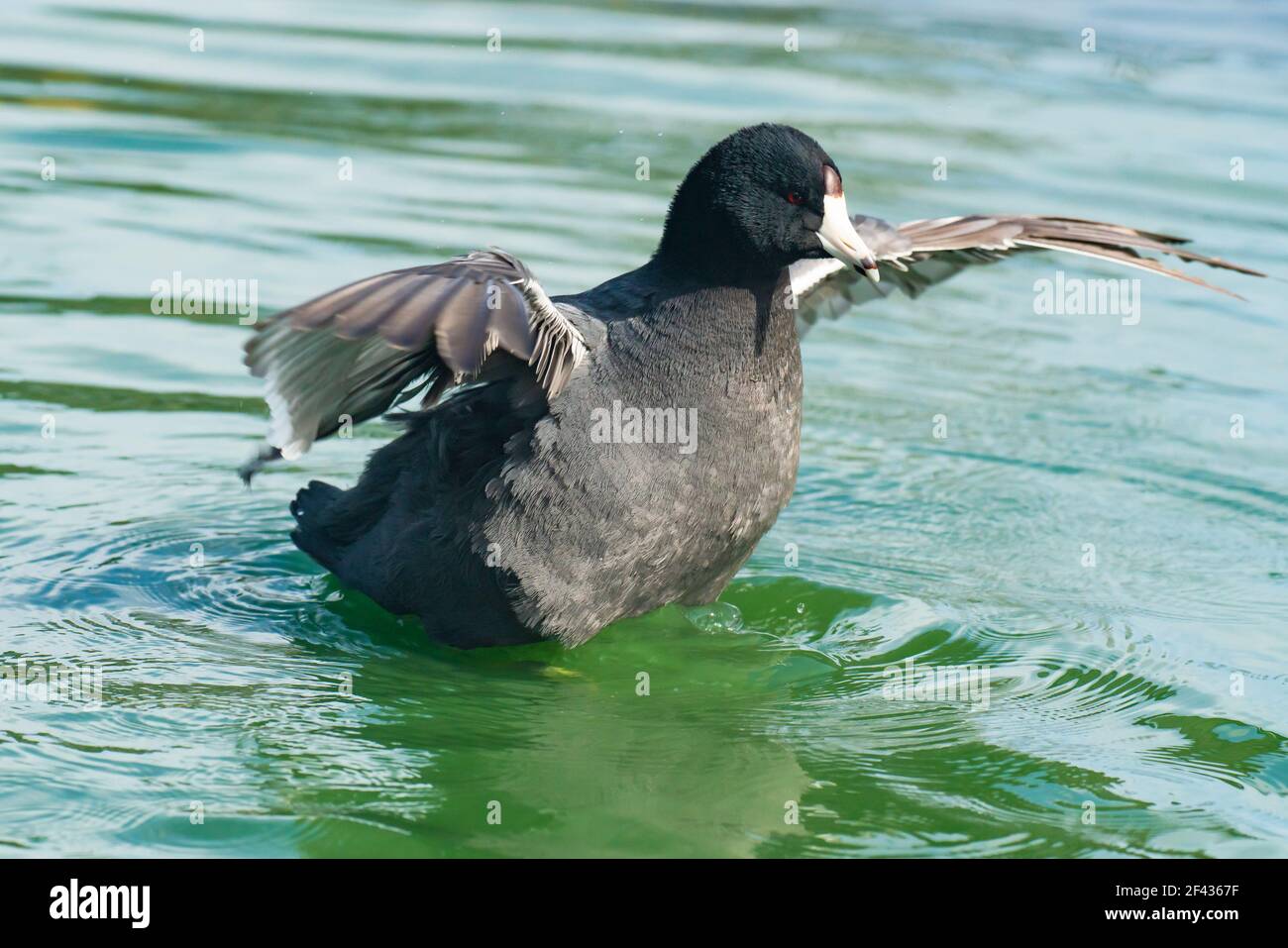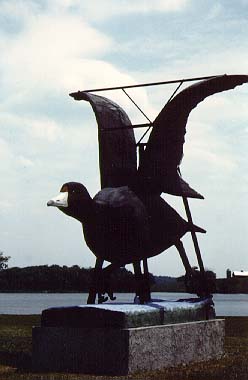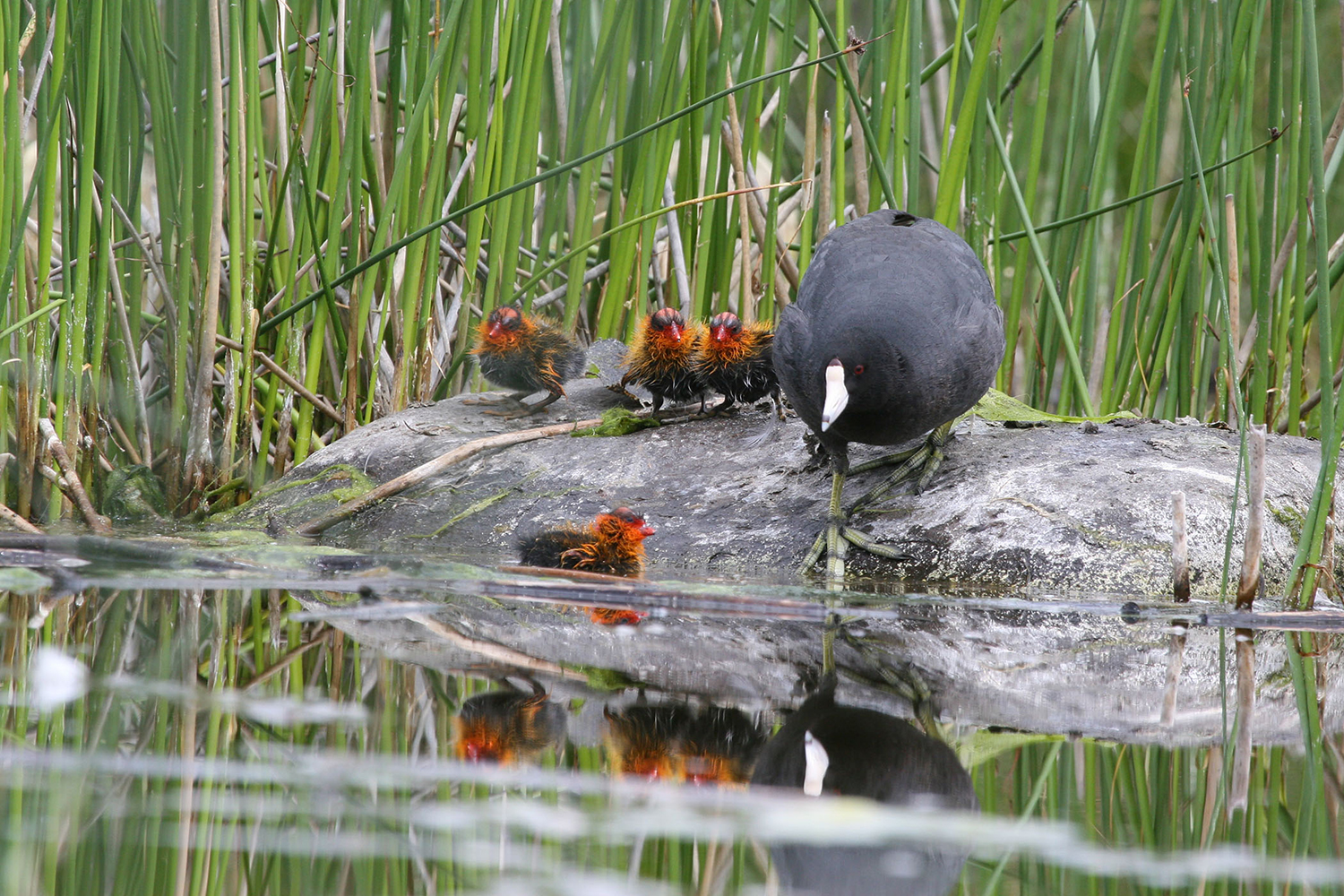

GS is a recipient of a fellowship from Fondazione Telethon. This work was also supported by a grant from Fondazione Telethon (Italy, TCP14009). This is an open access article distributed under the terms of the Creative Commons Attribution License, which permits unrestricted use, distribution, and reproduction in any medium, provided the original author and source are credited.ĭata Availability: All relevant data are within the manuscript and its Supporting Information files.įunding: JRR was funded by grants BFU2017-86692-P and BFU2013-48436-C2-1-P from the Spanish Ministries of Economy and Competitiveness, and Education and Science, respectively, both partially including FEDER funds from the European Union. Received: MaAccepted: Published: July 11, 2019Ĭopyright: © 2019 Spagnolli et al. PLoS Pathog 15(7):Įditor: Surachai Supattapone, Dartmouth College Geisel School of Medicine, UNITED STATES
#Coot software usc full
(2019) Full atomistic model of prion structure and conversion. These data inspire several new hypotheses to elucidate prion biology and design therapeutics for prion diseasesĬitation: Spagnolli G, Rigoli M, Orioli S, Sevillano AM, Faccioli P, Wille H, et al. This structure allowed us to model for the first time the process of prion propagation at high resolution. The model is stable and agrees with all available experimental data on PrP Sc. We have created a very detailed model of PrP Sc, which includes all its atoms, using computational techniques. Understanding the structure (“shape”) of the PrP Sc prion is critical to understand how it propagates. The scrapie isoform of the mammalian prion protein, PrP Sc, is the most notorious prion, and is responsible for deadly neurodegenerative diseases affecting humans, like Creutzfeldt-Jakob disease, and animals, such as bovine spongiform encephalopathy (“mad cow disease”) and chronic wasting disease affecting elk and deer in North America and, more recently, Europe). They consist of assemblies of misfolded proteins. Prions are unusual infectious pathogens that do not contain any nucleic acid. This study provides the most updated, experimentally-driven and physically-coherent model of PrP Sc, together with an unprecedented reconstruction of the mechanism underlying the self-catalytic propagation of prions. Importantly, the 4RβS arrangement allowed the first simulation of the sequence of events underlying PrP C conversion into PrP Sc. The stability of this new PrP Sc model, as assessed by Molecular Dynamics (MD) simulations, was found to be comparable to that of the prion forming domain of Het-s, a naturally-occurring β-solenoid. Here, we combined different experimental data and computational techniques to build the first physically-plausible, atomic resolution model of mouse PrP Sc, based on the 4RβS architecture. Recent cryo-electron microscopy (cryo-EM) and X-ray fiber-diffraction studies provided evidence that PrP Sc is structured as a 4-rung β-solenoid (4RβS). Similar folding models have also been proposed for PrP Sc, although none of these have been confirmed experimentally. Most aggregates of other misfolding-prone proteins are amyloids, often arranged in a Parallel-In-Register-β-Sheet (PIRIBS) or β-solenoid conformations. The first prion identified, the scrapie isoform (PrP Sc) of the cellular prion protein (PrP C), caused epidemic and epizootic episodes. To format the partition, type format fs=ntfs quick, and then click ENTER.Prions are unusual protein assemblies that propagate their conformationally-encoded information in absence of nucleic acids. To select the partition that you just created, type select partition 1, and then click ENTER. To create a new primary partition on the USB flash drive, type create partition primary, and then click ENTER. This command deletes all data from the USB flash drive. Note the drive number or drive letter of the USB flash drive.Īt the command prompt, type select disk, where X is the drive number or drive letter of the USB flash drive, and then click ENTER.

The list disk command displays all the disks on the computer. In the new command line window that opens, to determine the USB flash drive number or drive letter, at the command prompt, type list disk, and then click ENTER.

Open a Command Prompt window as an administrator. Insert a USB flash drive into a running computer.
#Coot software usc windows
Restore or repair your server running Windows Server Essentials Restore a full system from an existing client computer backup

#Coot software usc Pc
To create a bootable USB flash drive for use in recovering or reinstalling Windows on a PC instead of a server, see Create a recovery drive.įor additional scenarios in which you may want to create or use a bootable USB flash drive, see the following topics:


 0 kommentar(er)
0 kommentar(er)
